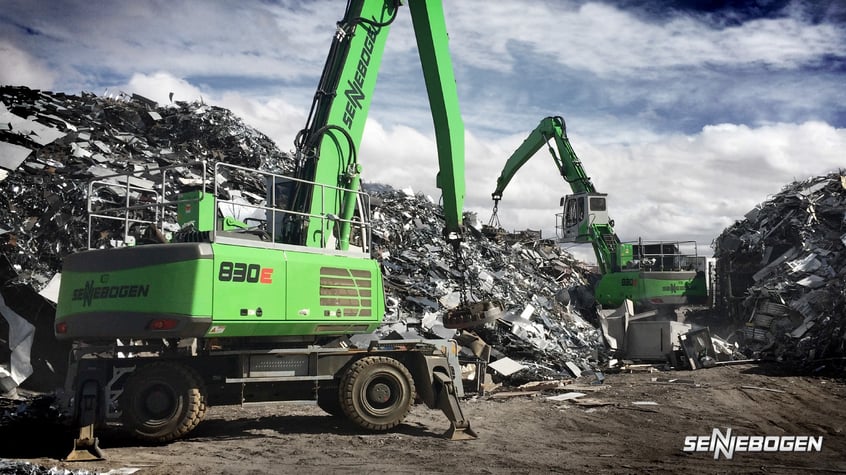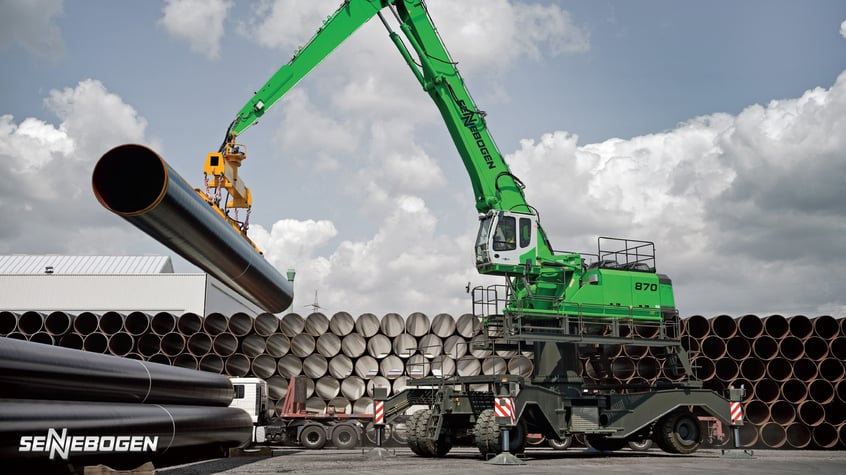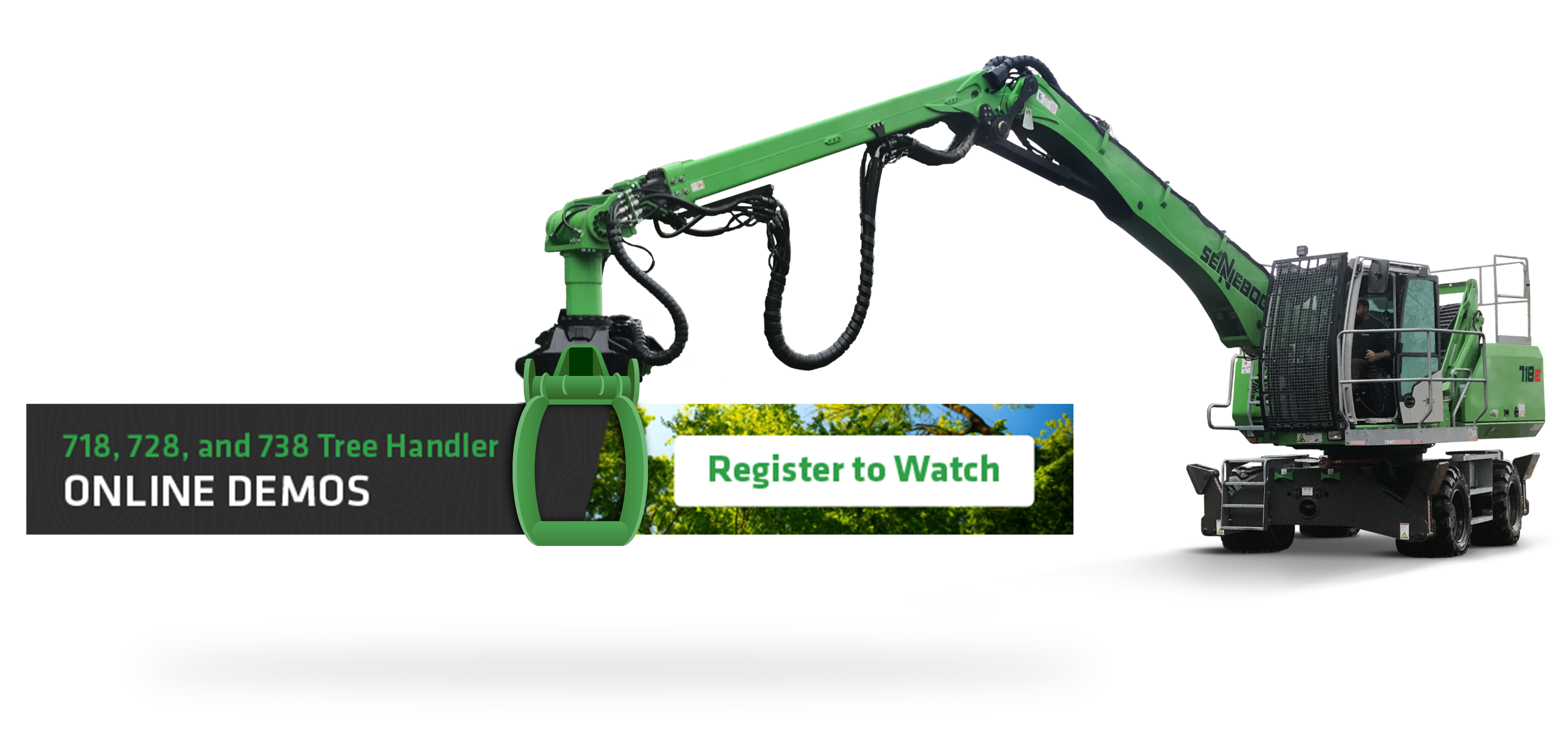Material handling equipment usually undergoes wear and tear just like other machines. When left unattended, these equipment are prone to frequent breakdown and reduced productivity. Maintenance is, therefore, a necessary aspect in preventing premature wear and tear of these costly pieces of equipment. Even though it requires time and financial investment, it will save you from the alternative cost of purchasing brand new equipment.
This post, therefore, discusses ways to extend the life of a material handling equipment.
- Invest in Employee Training
The first step to prolonging the lifespan of your material handling equipment is to ensure that your employees know how to operate them. Occupational Safety and Health Administration recommends training of equipment operators. This not only helps to reduce breakages occurring from ignorance but also reduces the risk of injuries in your workplace. In addition to that, training operators will help minimize accidents that lead to totaling of your material handling equipment.
If you upgrade a piece of equipment or purchase a new one, organize regular training programs to ensure that your employees learn how to work with the equipment. You can enforce this policy by providing successful trainees with a license of operation. Consequently, ensure that every operator shows his/her certification before accessing a given equipment. Eventually, you will avoid breakages resulting from improper machine usage.
Employ convenient reminders such as a simply-written manual on each machine. Also, have the operators carry the latest equipment manual during operation hours for quick reference.

- Perform Preventive Maintenance
You should always create time to visit the docks and assess the operation of your material handling equipment. Whenever you have fixed schedules, ask your supervisors to issue you with daily reports on breakages or changes in the functioning of the tools. Besides that, see to it that each equipment is used for its intended purpose to avoid stretching its capabilities.
You may also consider the services of a professional and renowned fleet service provider to peer under the hood of your material handling equipment occasionally. This way, you will be able to eliminate oversights during maintenance as well as discover developing problems that may ground the equipment permanently if unchecked.
- Conduct Predictive Maintenance
Predictive maintenance is a good way to complement regular inspections of your material handling equipment. It involves observing the operation of a particular equipment to determine how often it requires repair or how soon you need to replace its parts. Once you have gathered this information, keep them in your company system where you can use them to customize a proactive maintenance schedule.
Another benefit of predictive maintenance is that it allows you to retrofit your equipment with the latest technology. Innovations in the material handling equipment industry have led to the evolvement of robust machine parts that are both low-maintenance and durable. Identifying worn out parts in your equipment promptly and replacing them with technology-adapted parts will increase the life expectancy of your machines significantly.
Predictive maintenance will eliminate surprise breakdowns and delays which reduce not only your employee morale but also the customer satisfaction.
- Read through the Original Equipment Manufacturer Instructions
The Original Equipment Manufacturer Instructions manual contains a lot of valuable information that most people tend to ignore. Manufacturers themselves know the capacity of their equipment, the compatible parts, possible upgrades, and the right fuel or lubrication for their products. The manual will inform you which providers to approach for a spare in case an integral part of the machine breaks.
When buying forklift extensions, for instance, ensure that their lengths do not exceed the original fork lift length by more than half. Going beyond this specification will shift the center of gravity of the vehicle making it prone to accidents. Consequently, aspects such as using the wrong lubricant and grease will reduce the lifespan of your equipment by destroying the moving parts gradually.
All these safety guidelines and requirements are outlined in the OEM explicitly. Once you disregard the information in the manual, you will experience equipment handling machine problems such as frequent breakage, the premature need for replacements, and eventually a reduced lifespan.

- Apply Lubrication Regularly
Equipment handling materials have lots of moving cogs and gears. An excellent lubrication schedule improves the lifespan of machinery and their parts. During inspections, look out for excess oil and grease deposits on pistons. Also, check for leakages around seals. Experts will analyze particles from these substances to determine contaminants within your machine system. This roots out possible wear and a likely cause to a breakdown of the equipment.
These are some of the best practices of extending the life cycle of material handling equipment. Not only will these tips extend the life cycle of your equipment but will also help reduce additional costs of purchasing of new equipment. And money saved is money earned.


.jpg?width=512&height=399&name=unnamed%20(94).jpg)
